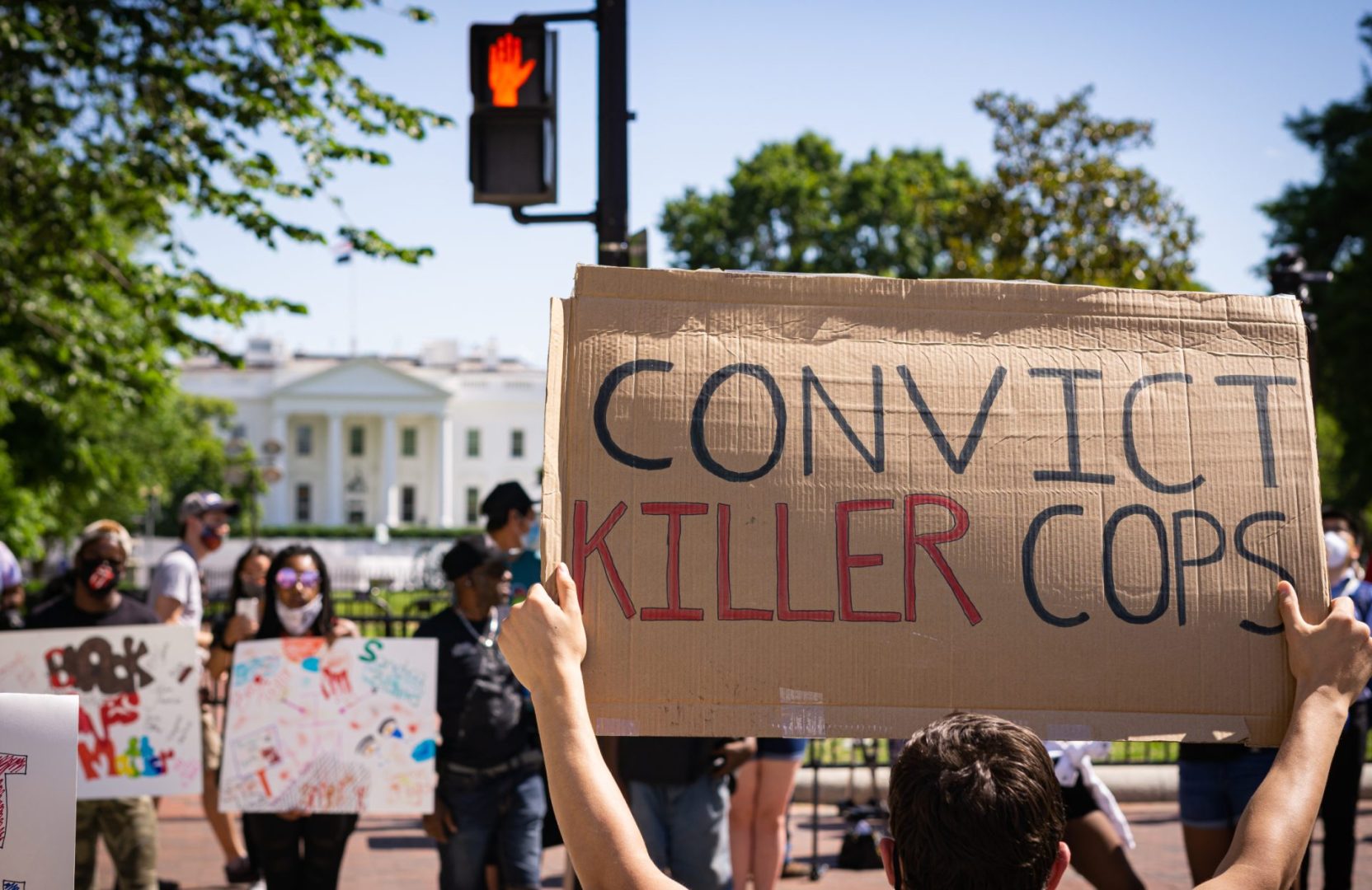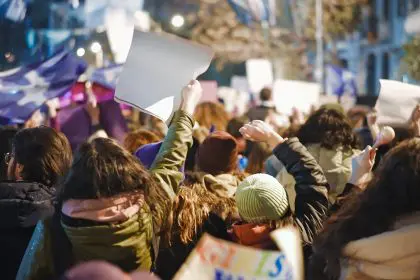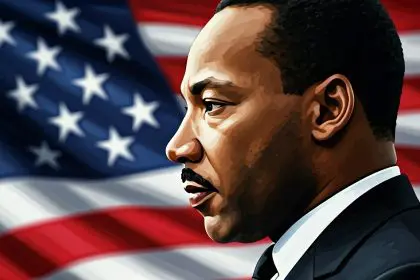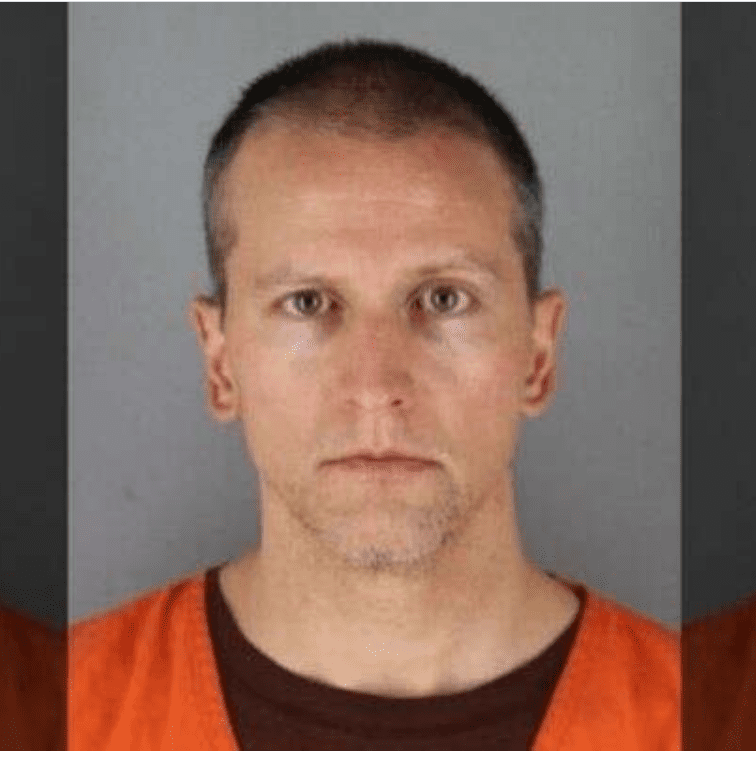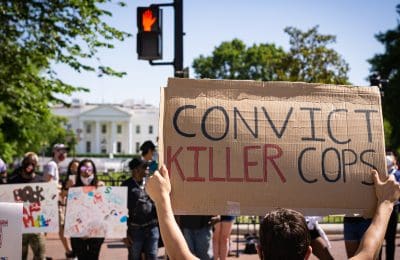Five years have passed since George Floyd’s death under the knee of Minneapolis police officer Derek Chauvin sparked what many consider the largest social movement in American history. The anniversary arrives amid a dramatically altered political landscape where the bold yellow letters of Black Lives Matter Plaza have been paved over in Washington DC, and the movement that once drew bipartisan support now faces significant political headwinds.
The transformation reflects broader patterns in American social movements, where periods of progress often trigger substantial backlash. However, historians and activists note that the current retrenchment appears particularly swift and comprehensive, affecting everything from federal policy to local community relationships across the nation.
Massive mobilization gives way to political reversal
The protests following Floyd’s death on May 25, 2020 achieved unprecedented scale, with approximately half a million people participating in nearly 550 communities across the United States on June 6, 2020 alone. Between 15 million and 26 million Americans participated in demonstrations or showed support in the weeks following Floyd’s death, including prominent Republicans such as Mitt Romney and former UN Ambassador Nikki Haley.
The breadth of participation crossed traditional political boundaries, creating a moment of apparent national consensus around police accountability and racial justice issues. Corporate America embraced diversity initiatives, sports leagues displayed social justice messages, and politicians from both parties acknowledged systemic racism as a legitimate concern requiring policy responses.
The widespread nature of the 2020 protests distinguished them from earlier civil rights demonstrations, utilizing social media coordination and decentralized organization to reach communities that had never previously experienced large-scale racial justice activism. This geographic and demographic expansion represented a significant evolution in how social movements achieve national impact.
Federal policies reverse previous reform directions
The current administration has systematically dismantled diversity, equity, and inclusion programs throughout federal government operations while targeting similar initiatives in academic institutions and private sector companies. The Justice Department has abandoned oversight agreements with police departments previously accused of racial bias, representing a fundamental shift in federal law enforcement accountability efforts.
These policy reversals extend beyond symbolic gestures to affect substantive programs designed to address racial disparities in various sectors. The administration characterizes these changes as necessary corrections to what it terms anti-white discrimination, reflecting a broader narrative that positions civil rights advances as unfair advantages rather than equality measures.
The refugee resettlement program has been effectively suspended, though white South Africans have received exceptional treatment based on claims of persecution. This selective approach to refugee policy illustrates how racial considerations continue influencing immigration and humanitarian policies despite official colorblind rhetoric.
Public opinion reflects declining movement support
Recent polling by the Pew Research Center reveals that 72% of Americans believe the increased focus on race and racial inequality following Floyd’s death did not lead to meaningful improvements in Black Americans’ lives. Support for the Black Lives Matter movement has declined 15 percentage points from its June 2020 peak, though a slight majority still expresses favorable views.
These opinion shifts reflect complex factors including media coverage, political messaging, and personal experiences with racial justice initiatives. The gap between initial enthusiasm and sustained commitment illustrates challenges facing social movements as they transition from crisis response to long-term institutional change efforts.
The polling data suggests that while many Americans supported immediate responses to Floyd’s death, fewer maintain confidence in broader structural reform efforts. This pattern mirrors historical trends where dramatic events generate temporary consensus that erodes as competing priorities and perspectives reassert themselves.
Personal relationships suffer from political polarization
Selwyn Jones, Floyd’s uncle, describes how his activism has damaged longtime friendships in his small South Dakota community. His experience reflects broader social costs as racial justice advocacy increasingly divides communities along political and ideological lines, affecting personal relationships that previously remained separate from political differences.
The personal toll extends beyond individual activists to affect families, workplaces, and community organizations where discussions of racial justice have become sources of conflict rather than common ground. These relationship impacts represent significant hidden costs of political polarization around civil rights issues.
Community-level divisions often prove more durable than national political trends, as local relationships carry emotional weight that transcends abstract policy debates. The erosion of cross-racial friendships and community solidarity may have lasting effects that extend beyond immediate political cycles.
Academic and intellectual leaders face institutional challenges
Scholar Ibram X. Kendi, whose antiracism framework gained prominence during 2020, has experienced both criticism from political opponents and challenges from academic allies who question his approaches. His Center for Antiracist Research at Boston University faced management allegations that were later dismissed, illustrating how prominent civil rights intellectuals become targets during backlash periods.
The academic dimension of the backlash affects university programs, research initiatives, and scholarly careers focused on racial justice issues. Funding for diversity-related research and programming has decreased significantly, while political pressure influences hiring and curriculum decisions at many institutions.
These institutional pressures affect the intellectual infrastructure supporting civil rights advancement, potentially limiting future scholarship and policy development in areas related to racial equality. The targeting of academic freedom in racial justice contexts represents a concerning trend for higher education independence.
Movement organizations struggle with financial sustainability
The Black Lives Matter Foundation experienced dramatic funding fluctuations, raising $79.6 million in fiscal year 2021 but declining to $8.5 million the following year and $4.7 million by 2023. These financial challenges coincided with management controversies that damaged organizational credibility and donor confidence.
The funding decline reflects broader patterns affecting social justice organizations as foundation priorities shift and corporate diversity commitments wane. Many organizations built capacity during peak funding periods that became unsustainable as resources decreased, forcing difficult decisions about programs and staffing.
Financial instability affects organizational ability to maintain pressure for policy changes and support grassroots activism. The resource constraints facing civil rights organizations limit their capacity to respond effectively to policy rollbacks and coordinate resistance efforts.
Historical context reveals familiar backlash patterns
American social movements have consistently experienced cycles of advancement followed by organized resistance, from Reconstruction through the civil rights era. The current backlash follows established patterns where initial progress triggers counter-mobilization by groups seeking to preserve existing power structures.
However, historians note that change is rarely completely reversed despite backlash intensity. The abolition of slavery survived Reconstruction’s end, and civil rights legislation remained intact despite subsequent political reversals. These historical precedents suggest that current setbacks may be temporary rather than permanent.
The cyclical nature of social movements requires long-term perspective that recognizes temporary defeats as part of broader struggles for equality. Understanding these patterns helps activists and supporters maintain commitment during difficult periods while preparing for future opportunities.
Contemporary resistance emerges despite political headwinds
Despite overall movement decline, some indicators suggest continued grassroots support for racial justice principles. Target Corporation’s recent sales decline, partially attributed to its retreat from diversity policies, demonstrates how consumer behavior can pressure companies to maintain civil rights commitments.
Progressive flag manufacturer Flags for Good reports increased sales of Black Lives Matter merchandise following recent political developments, suggesting that political backlash may be generating renewed activism among some constituencies. These market indicators reflect underlying public sentiment that may not appear in traditional polling.
Local activism continues in many communities despite reduced national attention and political hostility. Grassroots organizations maintain pressure for police accountability, educational equity, and economic justice even as federal support decreases and media coverage diminishes.
The persistence of local organizing suggests that civil rights commitment remains strong among core constituencies despite broader political trends. This foundation provides potential for future mobilization when political conditions become more favorable for racial justice advancement.

